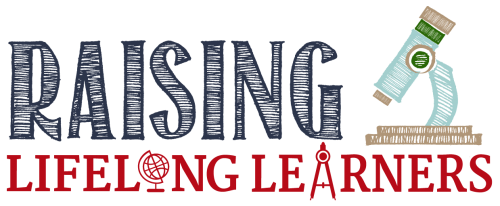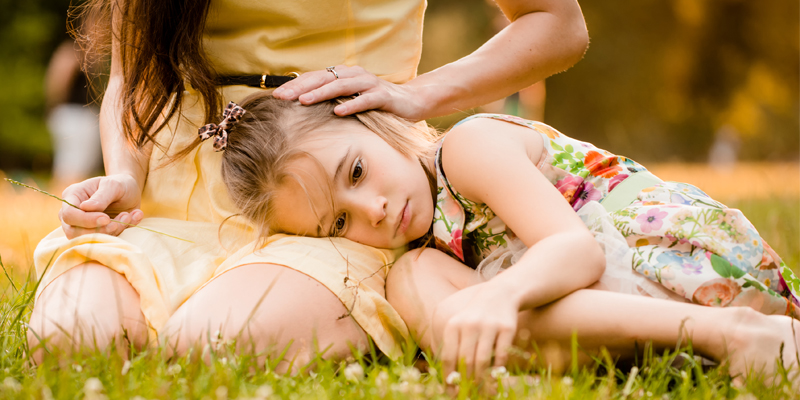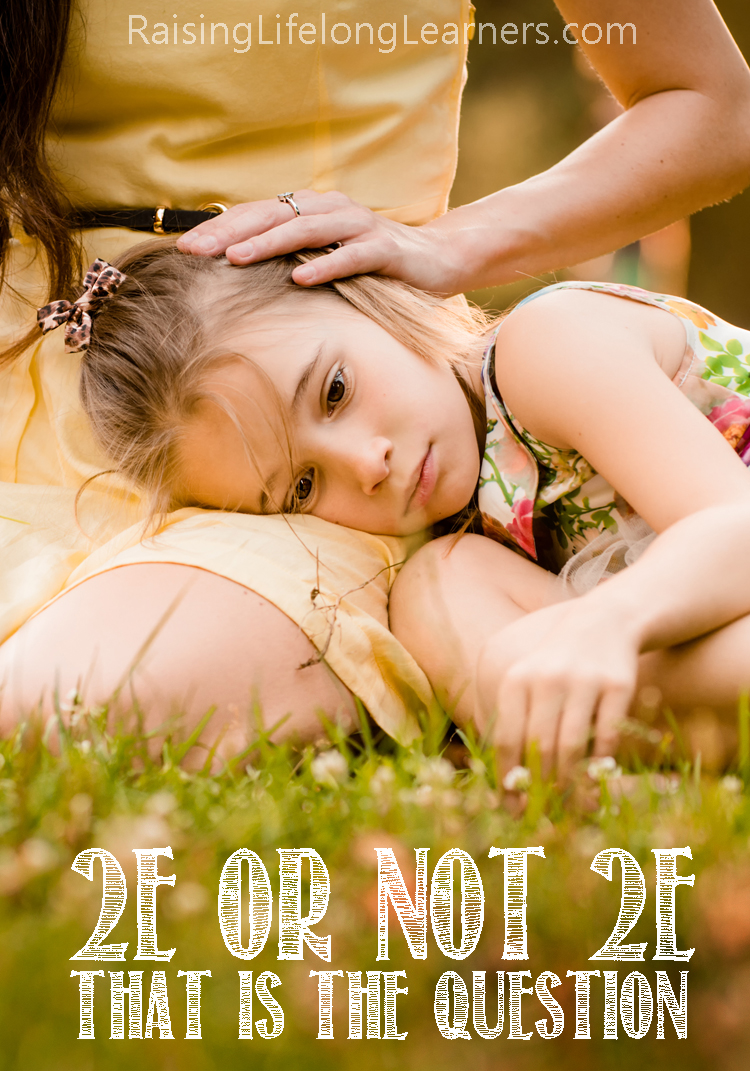2E Or Not 2E? That is the Question
Far and away, overwhelmingly, by far the number one question that is brought to us by parents of gifted children is the desperate query, “How can I tell the difference between an overexcitability and an actual diagnosis? How do I know if my child is just really quirky, or actually twice-exceptional? Is my kid gifted or 2e?”
I’ve asked this question myself, multiple times, for multiple children… and even multiple times for the same kid. It’s a fair question, really. The line between quirks and diagnoses, between OE and 2e, is more of a grey area than a delineation. Quirks fade into labels, intensities look like disorders, neurodivergence mimics neurodivergence and it becomes pretty hard to tell the difference between a differently-wired brain and, well, a differently-wired brain. How do you tell the difference between the expected quirks of giftedness and the treatable diagnoses of neurodiversity? Where is the cut off? Just what is the answer when you’re wondering if your child needs understanding or intervention?
There is a fantastic book written for parents of gifted children by James Webb, Misdiagnosis and Dual Diagnoses of Gifted Children and Adults. It goes into great detail explaining how many common diagnoses are often mistakenly attributed to those whose brains are definitely different, but not diagnosable. This book is a must read for anyone raising or teaching gifted children, or for the gifted adult who find themselves often pathologized.
In the meantime, though, let’s discuss what exactly it means to be twice-exceptional, or 2e.
A twice-exceptional individual is someone who is both gifted and has some additional diagnosis – a learning disability, autism, a mood disorder, anxiety, hearing or vision impairment. It’s gifted plus something, making the person exceptional – or different – in two ways. Often times the second exceptionality will mask giftedness, or giftedness will compensate for the second exceptionality and make it difficult to nail down. They co-exist but don’t always cooperate.
Because of the way these conditions and quirks intermingle, it’s understandable to see how it can be difficult to differentiate one from another.
Is my gifted child struggling with sensual overexcitability, or do they have a sensory processing disorder?
Is my gifted child’s intensity due to their intellect, or is there a mood disorder causing these blow-ups?
Is my child anxious because they can imagine so many different scenarios to fear, or are they suffering from a treatable anxiety disorder?
Is my child perseverating as an expression of intellectual OE, or as a piece of an autism diagnosis?
Are these struggles just due to asynchrony, or is something more at work?
Related: Parenting and Teaching Your Twice Exceptional Child , If He’s REALLY So Smart: Why Gifted Kids Struggle and What to Do About It
Giftedness is, on its own, is different wiring. It’s a single label that acts as an umbrella for various and sundry quirks and differences.
Gifted children are known to develop in an asynchronous manner – they are “many ages at once”. Where they may be physically 8 years old, they can be operating at the intellectual level of a 15-year-old with the emotions of a 7-year old, and the social abilities of a preschooler. They can be many grades ahead in math and struggling to read as well as their peers. The asynchronous gifted child may be working on physics problems at the table for fun and struggling to tie their shoes or ride a bike. Their development does not happen at the same rate across all areas, the way a typical child’s would, leaving a lot of room for doubt in the minds of their parents.
When is this struggle a sign of something more? When do you seek help for a deficit? What is the difference between asynchrony and a disability?
Another hallmark of giftedness is the presence of overexcitabilities. Overexcitabilities, or OEs, are part of Polish psychologist Kazimierz Dabrowski’s Theory of Positive Disintegration, in which he states that gifted individuals experience heightened sensations or experiences in any combination of five areas. These five areas (sensual, imaginational, emotional, intellectual, and psychomotor) are the excitabilities, and they really muddy the waters when it comes to questioning whether a child is gifted or diagnosable, intense or disordered, 2e or not 2e.
A gifted child may be experiencing emotions more intensely because of an overexcitability, or they may be suffering from a mood disorder. A gifted child may need to fidget and move and wiggle and run because of a psychomotor OE, or they may be struggling with ADHD. A gifted child may be experiencing an OE (or all five), may be 2e, may be BOTH.
In truth, there is no limit to the number of diagnoses a gifted person can accumulate. Being twice-exceptional doesn’t mean they’re limited to only 2 issues – 2e can easily be 5e. A gifted child can have both an overexcitability and an exceptionality. A sensory issue can be sub-clinical and not meet the criteria for a diagnosis while their anxiety does. As the gifted child strays farther away from the absoluteness of the middle of the bell curve, the farther away they are from what is considered typical, the more of a grey area they become, the harder they are to quantify.
It is hard to know the difference between being quirky and being diagnosed, between OE and 2e. Because giftedness is such a hugely under-studied experience, many professionals are as baffled as the parents when it comes time to check the boxes and label the child.
Related: Asynchronous Development in Gifted Children, Overexcitabilities and Why They Matter for Gifted Kids
So really, what is the difference?
There’s not one. At least, there’s not one that’s the same for everyone.
Not that there’s never a difference, there’s just never one consistent place along the continuum between OE and 2e that marks the difference. There’s never a line that can be labeled as the place between the two that applies to all children. There are points when an intensity bleeds into a disorder and therapeutic intervention is required, and diagnostic criteria is always uniform, but the moment at which one becomes the other is fluid, grey, muddy. Because so many OEs and struggles with asynchrony can mimic a diagnosable disorder, box-checked criteria isn’t always the best litmus test.
The best way to know whether your child needs help or not is to simply ask yourself how their quality of life is affected by what they’re experiencing.
Really. It’s that simple.
If a child is struggling with an issue to the point where they are in distress, their grades are affected, they are suffering socially, or they just need some help – get the help. They don’t need a diagnosis to be able to benefit from help, and a child who needs a diagnosis will need help. And to be honest, because of the close intermingling of possibilities and how much one resembles a dozen other, your child may never receive a diagnosis. Because overexcitabilities are not in the DSM-V and are not an official diagnosis, there are many professionals who don’t acknowledge their existence, making a true diagnostic work-up of a gifted and/or 2e child nearly impossible. You may never know, for sure, if your child’s label fits, or if they need another one, a new one, or none at all. You may never have the certainty that comes with a named disorder, but your child, if they’re struggling, can always, always benefit from addressing their issues. Your child does not need a diagnosis to benefit from intervention.
That’s a long-winded way to say that really, more than wondering if your child is an OE poster child or an alphabet soup of 2e, it doesn’t matter – what matters is how they’re coping with it.
So the next time you’re struggling and studying and searching for answers, trying to put a name to the experience of your child, pause, and instead of asking “what’s wrong with my child?”, ask, “how can I help my child?” The solution, the answer, the relief doesn’t come from the label, it comes from helping your child adapt, adjust, and cope. It’s not what they are, it’s how you can help them.



